What if I told you there’s a way to quickly improve your art skills?
It’s true! You can learn how to develop your painting and drawing skills more easily than you think.
That’s why, in today’s article, I’m sharing 11 effective strategies that will help you:
- Learn how to improve your art skills more quickly and effortlessly by making simple changes to your daily art routine
- Improve your art style fast so that it becomes more unique and recognizable
- Identify your weakest art skills so that you understand which skills you need to work on
By the time you’re done reading, you’ll be ready to level up your skills by using these awesome art tips!
Table of Contents
1. Practice Your Art Skills Every Day
I’m going to drop a truth bomb on you:
To succeed as a self-artist and improve your art, you must practice your skills every day
Or at least as often as you can.
The truth is that no one is born with advanced skills and techniques. Even the professionals started off with zero artistic ability.
Want to know how they succeeded?
They practiced as often as they could to master their craft. Essentially, to be the best, you need to learn from the best.
One of the best ways to practice is to schedule time to create art. Even if it’s just for 10 minutes a day, every bit of time counts.
Whenever you practice, make sure you diversify your learning time by focusing on:
- Light and shadow
- Colour theory
- Composition
- Perspective
- Anatomy / figure studies
- Textures
If you take the time to invest in your art skills, you’ll definitely see your artwork improve.
All it takes is consistent dedication and a personal commitment to improve.
2. Study Colour Theory
If you want to become a successful artist, you must learn about colour theory.
Colour plays a huge role in the way that we, as humans, observe and interpret art.
In this way, the colours you use in your artwork can make or break the final outcome of that piece.
So, if you feel that your colour theory knowledge is lacking, consider working on any of the following sub-topics:
- Colour harmony
- Colour temperature (temperature bias)
- Colour mixing (how to avoid muddy colours)
- Colour combinations (colour palettes)
- Colour psychology
No matter how beautiful or balanced your artwork is, you won’t be able to captivate the viewer if the colours are muddy or disharmonious.
So, do yourself a favour and spend some time improving your colour theory skills.
3. Study Value Scales
Value represents the lightness or darkness of a hue.
Each and every colour has a large variety ranging from the lightest values to the darkest values.
In this way, value plays a huge part in your artwork because using different values can create contrast, which is something that many people find visually appealing.
For example, light values can bring attention to highlighted areas of interest whereas dark values can create shadows and greater depth.
In my opinion, one of the best ways to learn about colour value is to experiment with creating monochromatic artwork.
By using a single colour to create art, you’re forced to learn how to use a range of light to dark values to make the subject stand out.
Luckily, I’ve created an easy monochromatic watercolour tutorial to help you develop this important skill.
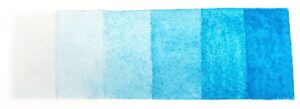
4. Learn New Skills from Tutorials, Videos, or Books
One of the most fun and engaging ways to improve your art skills is to learn from various forms of media.
For instance, you can browse through Google search to find blog tutorials or videos tutorials that suit your learning style.
If you prefer a more traditional method of learning, you can take out books from your local library or buy a few art books to help you learn new art skills.
And when you’re ready to make an investment in your art education, feel free to buy art books, e-books, online art courses, or any other learning material that will expedite your learning process faster.
If you like following along to free step-by-step lessons with free reference images, check out these painting and drawing tutorials:
- Easy Watercolour Tutorials for Beginners (Step-by-Step)
- How to Do Easy Sketching for Beginners (4 Tutorials)
But if you prefer reading about tips and tricks, I highly recommend that you check out this article that shares strategies to improve a bad watercolour painting.
The tips that are shared in the aforementioned article also work very well for artists who paint with gouache since both mediums are water-based.
5. Develop Your Art Style by Studying Your Favourite Artists
If you’re an artist who’s learning how to find your art style, then you should define what you want it to look like.
And one of the best ways to improve your art style is by studying your favourite artists.
These influential people don’t have to be fine artists. They can also be your favourite authors, animators, photographers, filmmakers, interior designers, etc.
Create a list of the people who inspire you and explore their work. This is one of the best ways to find inspiration for your artwork.
Think about the elements of their work that inspire you the most. What do you find so aesthetically pleasing about their creations?
Now, I’m not encouraging you to copy your favourite artists’ styles. Instead, I want you to recognize the elements that resonate the most with you.
By completing this exercise, you’ll have better understanding of the stylistic elements that you can incorporate into your art style.
Then you’ll have a good understanding of how to improve your art style fast.
6. Learn from Reference Photos
How can you create art about a certain type of subject matter if you have no idea what it looks like?
For example, if I asked you to draw a tetradactyl, could you reproduce it without a reference photo?
I’m guessing you can’t. (Don’t worry, I can’t either).
Therefore, you need to find good reference photos to help you learn how to paint or draw new things.
There are a couple of ways that you can get reference photos:
- Go outside and use your smartphone to take pictures of buildings, people, and scenery in your neighbourhood
- Stay inside and use your smartphone to take pictures of people or objects inside your house
- Buy a book full of beautiful reference images. You can often find good books that focus on landscapes, portraits, or any other kind of subject matter that interests you
- You can go to Pinterest and create a Pinterest board. Then, browse through the visual search engine and save a bunch of reference photos to your board
Don’t want to go through all that effort? Then follow my Pinterest account to explore tons of art boards that are specifically curated with free references and resources to benefit artists.
7. Break Complex Forms Down into Simple Shapes
Have you ever tried to draw something complex—let’s say, a complicated figure drawing—only to drive yourself crazy because the proportions were completely off?
In this case, the best thing to do is to simplify what you’re drawing by breaking down the complex forms into simple shapes.
For example, if you’re drawing a person who is posing, you can break the head down into an oval. The torso becomes a rectangle. The legs and arms become cylinders, and so on.
When you map out the shapes beforehand, you can render the painting or drawing with greater accuracy.
Then, all you have to do is chisel away at each shape until you have successfully rendered it.
As well, keep in mind that geometric shapes convey emotions, so think carefully about the shapes you’re using and how the softness, hardness, roundness, and sharpness influence your artwork.
The sculpture is already complete within the marble block, before I start my work. It is already there, I just have to chisel away the superfluous material – Michelangelo
8. Warm Up Before You Create New Art
It’s tempting to jump into a new painting or drawing when you have a great artistic vision in your mind.
However, much like an athlete or a musician, you need to warm up in order to reach you maximum potential.
For example, if you don’t warm up, your hand won’t move as fluidly because the muscles haven’t been primed yet.
So, the solution is to take at least 10 to 15 minutes to warm up before you starting creating. If you do this, you’ll be much more prepared to work on your art.
In addition, taking a bit of time to warm up and doodle is a great way to help you get out of a creative rut since you’ll be coming up with new ideas before you start creating art.
So give this strategy a try!
9. Focus on Improving Your Weakest Skill
I know you probably don’t want to spend time on improving a skill that you’re not very good at.
But if you’re completely honest with yourself, you already know that you need to develop your weakest skills in order to become a well-rounded artist.
So, think about your current skillset and consider the following:
- What art skills do I excel at?
- What art skills are my weakest?
- Which art skills will do I need to develop to become an even better artist?
Once you have the answers to these questions, you need to actually spend time developing your weakest skills.
For example, if you struggle with light and shadow, go back to basics by drawing 3D objects with light sources, as shown below.
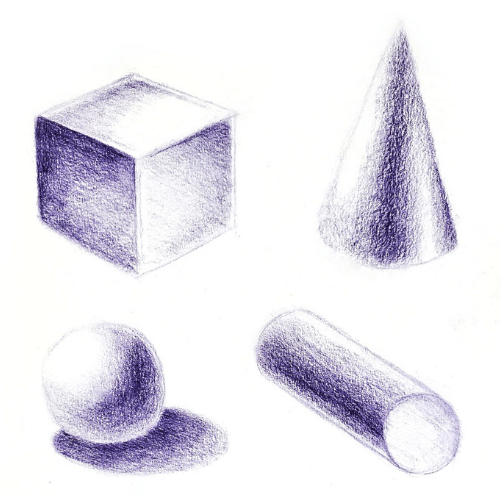
Related: If you resonate with this advice, you should check out the helpful blog post titled How to Get Better at Drawing in 4 Simple Steps.
10. Draw Thumbnails to Plan the Composition
Have you ever created an artwork and felt dismayed by the fact that the perspective was skewed?
Or perhaps the values were all wrong. Even worse, maybe the composition ended up looking weird and not visually pleasing.
To avoid this problem, you should sketch a dozen different thumbnails to experiment with the idea you have in mind.
Sketching a bunch of thumbnails is basically the artistic equivalent of performing a brain dump.
When you draw thumbnails, you’re able to test different compositions and values. There’s no commitment or pressure to make the thumbnail pretty, so they can be loose and messy.
Once you’ve sketched a bunch of thumbnails, you can observe them and decide which ones are winners and losers.
Ultimately, you’ll end up with your favourite thumbnail which you can then use as the main reference for your artwork.
Related: If you’re a painter who struggles with composition or thumbnails, check out this blog post to learn why watercolour artists should learn how to draw.
11. Paint and Draw Loosely for Optimal Results
Nothing is worse than looking at artwork that is stiff, inorganic, and lifeless.
Fortunately, there’s an easy way to fix this problem.
Instead of drawing from the wrist, which is more limited in its movement, you should draw from the shoulder.
You see, drawing from the wrist means you’re likelier to choke up on the pencil and squeeze too tightly, which creates rigid, stiff lines.
On the other hand, drawing from the shoulder allows your arm and hand to cover a wider surface area.
Since you’re forced to draw in a way that is less tight and controlled, you’re able to create brushstrokes and lines that are fluid and loose because you have a looser grip.
Give this method a try and I’m confident you’ll notice a difference!
Conclusion
There you have it!
In this article, you’ve learned about 11 ways to improve your art skills that will help you develop your art at a faster pace.
The best part?
None of these art tips are difficult to implement. In fact, all you have to do is incorporate them into your art routine by making tweaks to the way you work.
But the greatest takeaway you can get from this article is that progress and improvement come to those who take the time to invest in themselves.
That means as long as you make an effort to improve and you stay committed to this goal, you’re going to succeed.
Just give these tips a try and you’ll soon realize how easily and quickly you can improve your art!
What strategies have you used to improve your artwork or art style? Share your tips in the comments below!
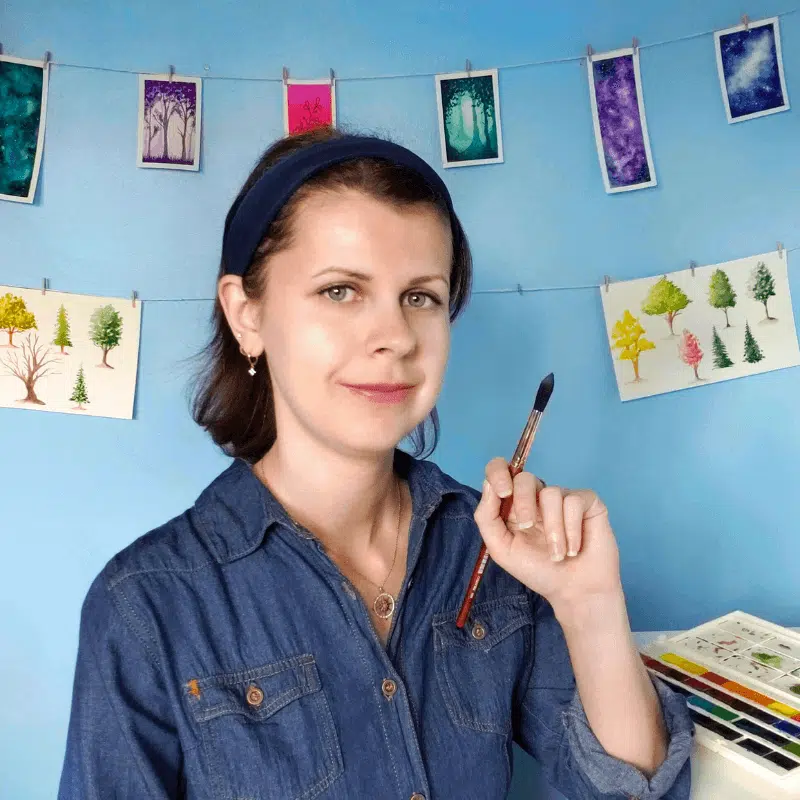
Miranda Balogh
Artist & Online Educator

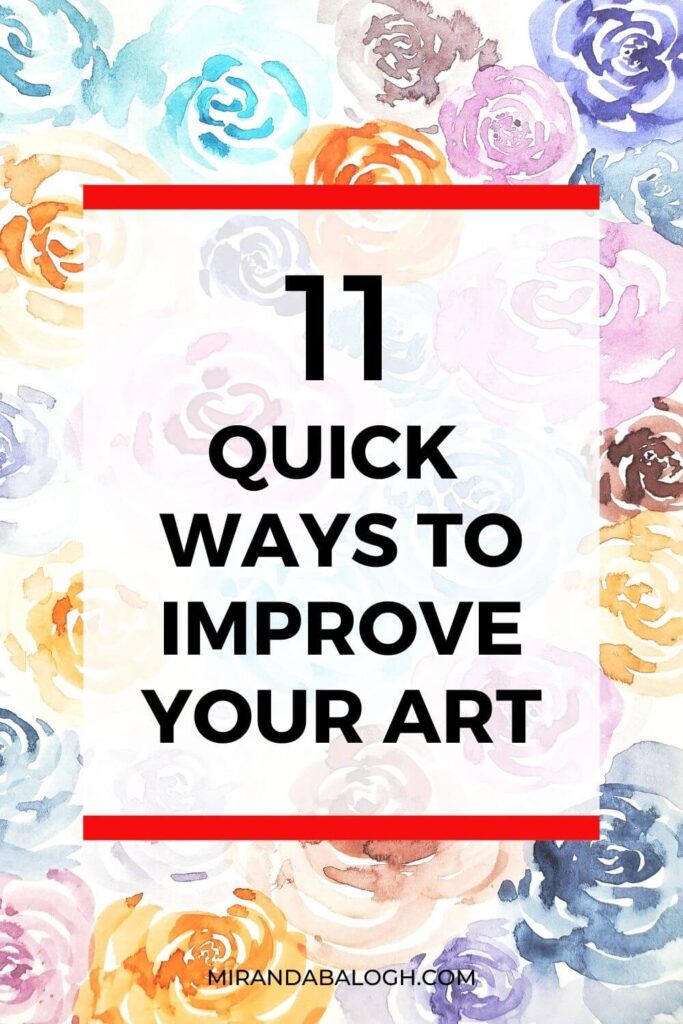
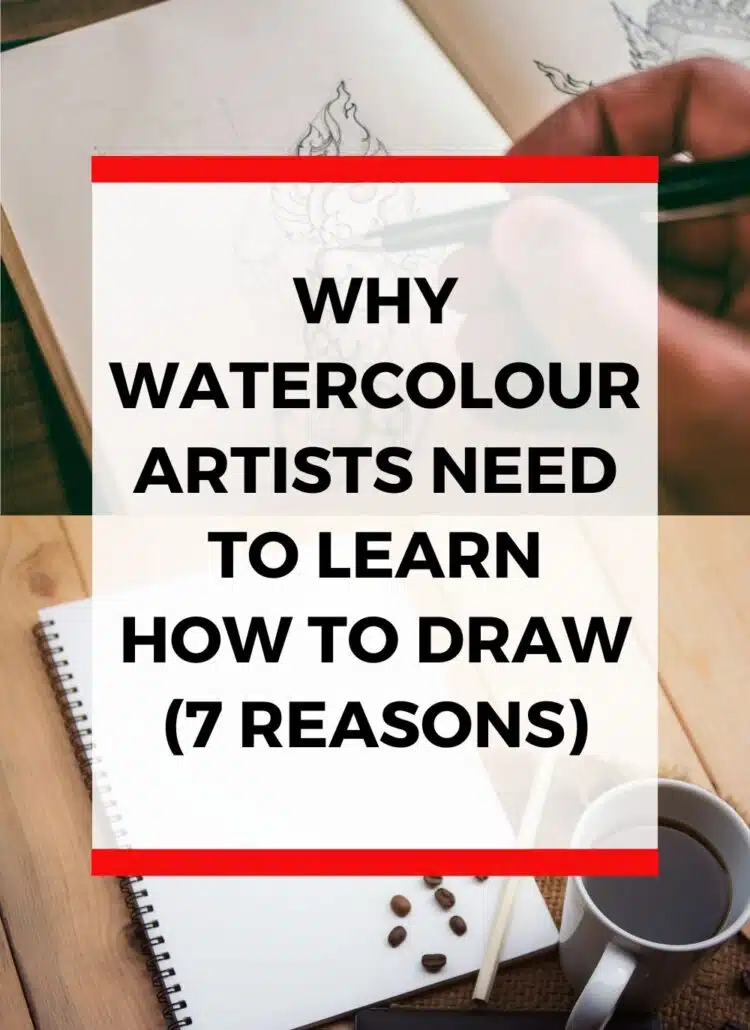
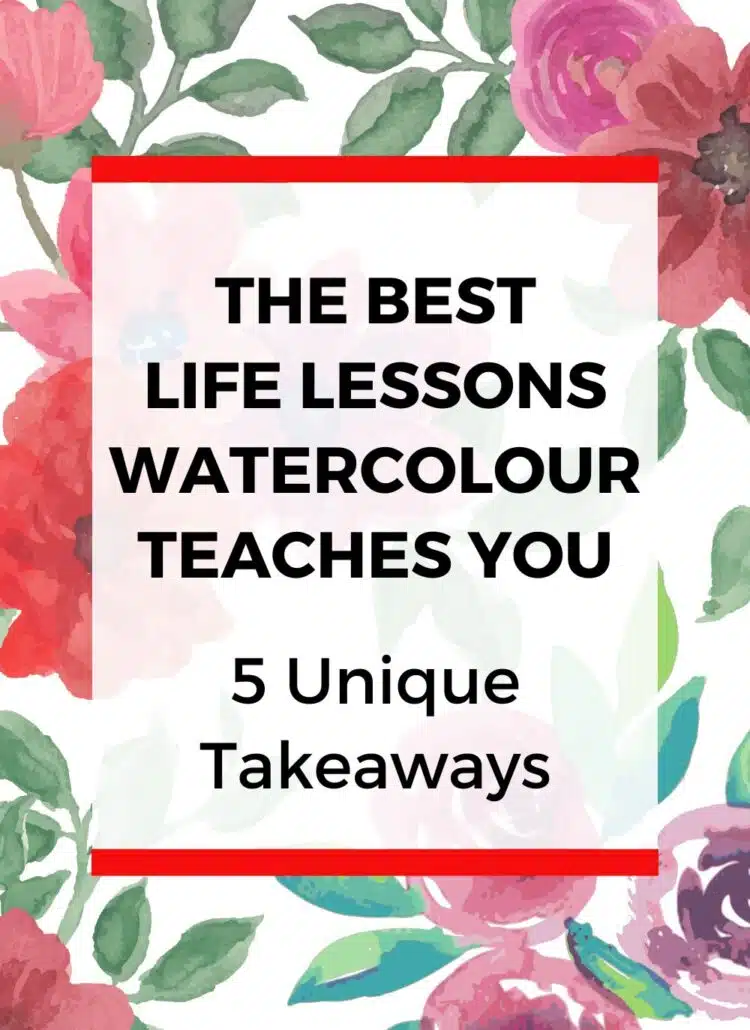

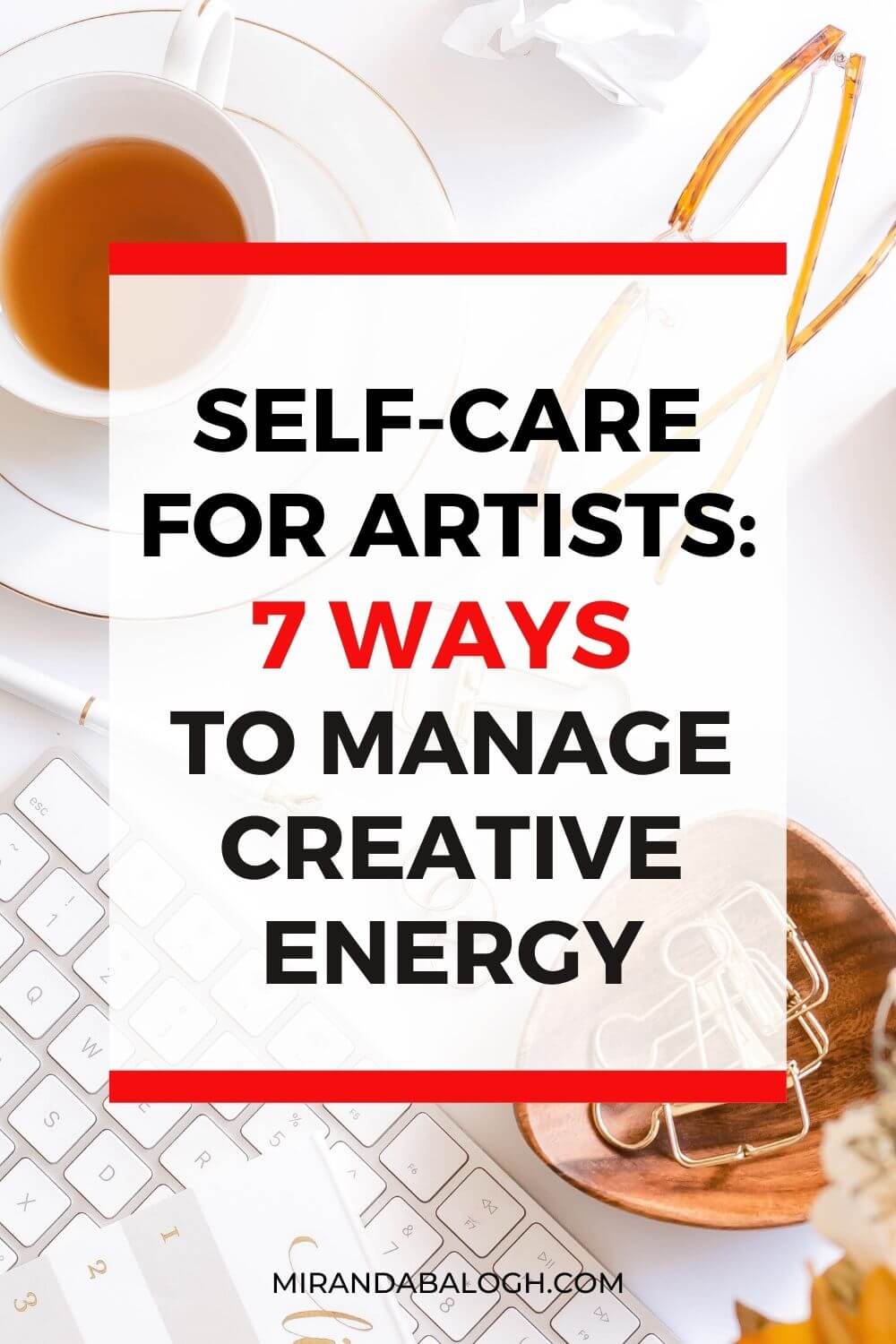
Great tips! Very helpful for the artist who is just starting out! I like how you started out by saying that the professionals didn’t begin by being being talented they worked at it! That can be applied in many different areas of life.. no one starts out killing it! Thanks for sharing!
Thank you! That is a key message that I wanted to share with my readers. I’m glad it resonated with you!
From today u r my inspiration mam✨
I’ve never really felt like much of an artist, but I’d love to give it a shot!
Definitely give art a try! You might be pleasantly surprised by how much you enjoy it.
I’m not an artist, but this is so interesting. I’ve never thought about drawing from the shoulder instead of the wrist. Great tips!
Thank you! I’m glad you found these art tips helpful.
Thanks for the tips! I used to be really bad about planning my art ahead of time but I have learned how important it is.
I can relate! I’ve found that taking a bit of extra time to plan out the composition or thumbnail beforehand often leads to much better artwork once it’s finished.
great tips, learning about colors should be one of the first things to learn as an artist.
Agreed! Colours can completely change the overall aesthetic of an artwork, so it should be understood and applied well!
These are great tips. I remember little bit of the scale when I was in art class. Its great how many art books and tutorials their are to help every day people do great with art.
Thanks! Art books and tutorials are abundant, so it’s very easy for artists to find great learning material.
Thanks for sharing. My daughter and Mom are artists. I’ll share this with them.
~Michelle
Thanks for sharing!